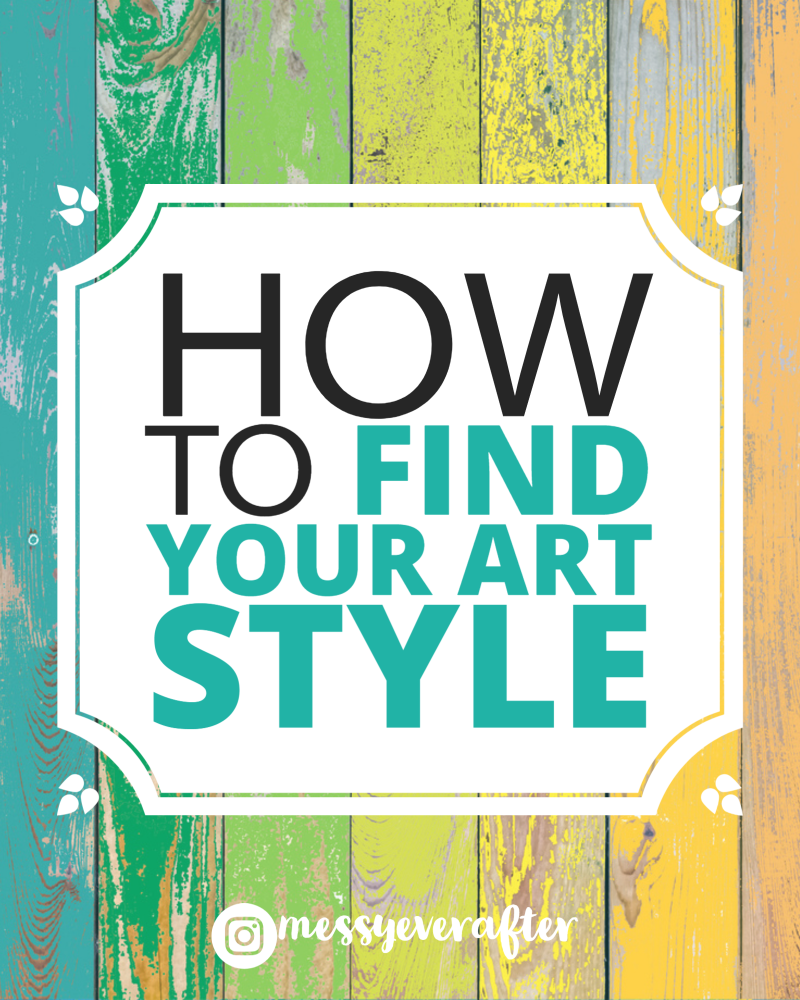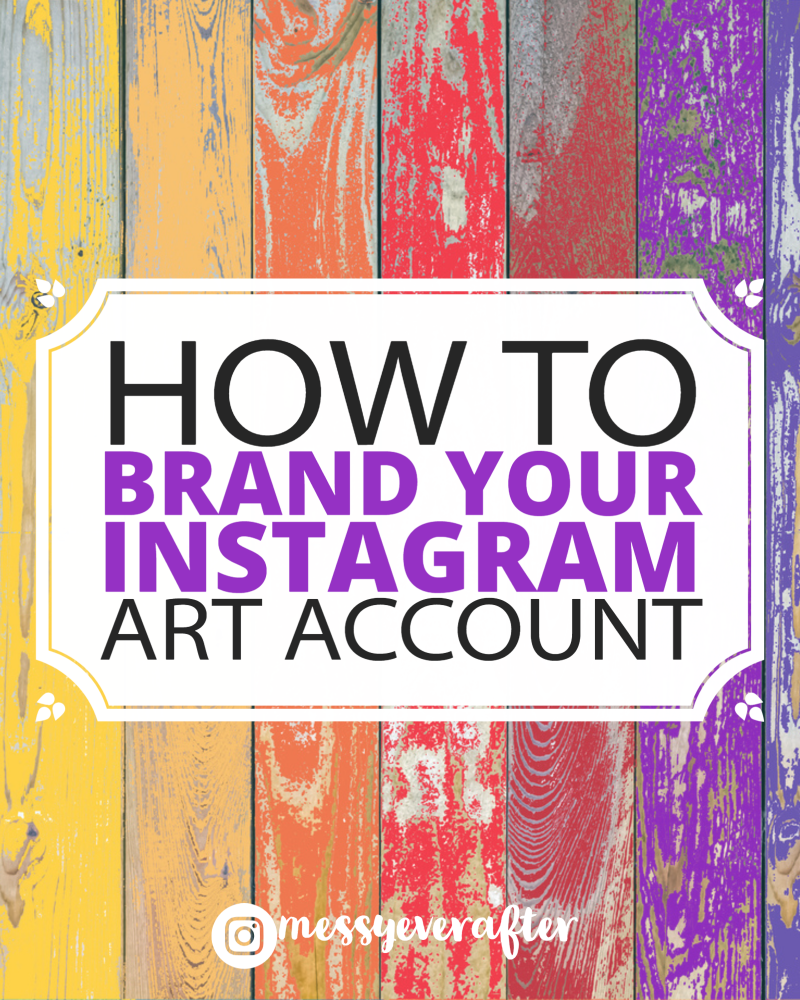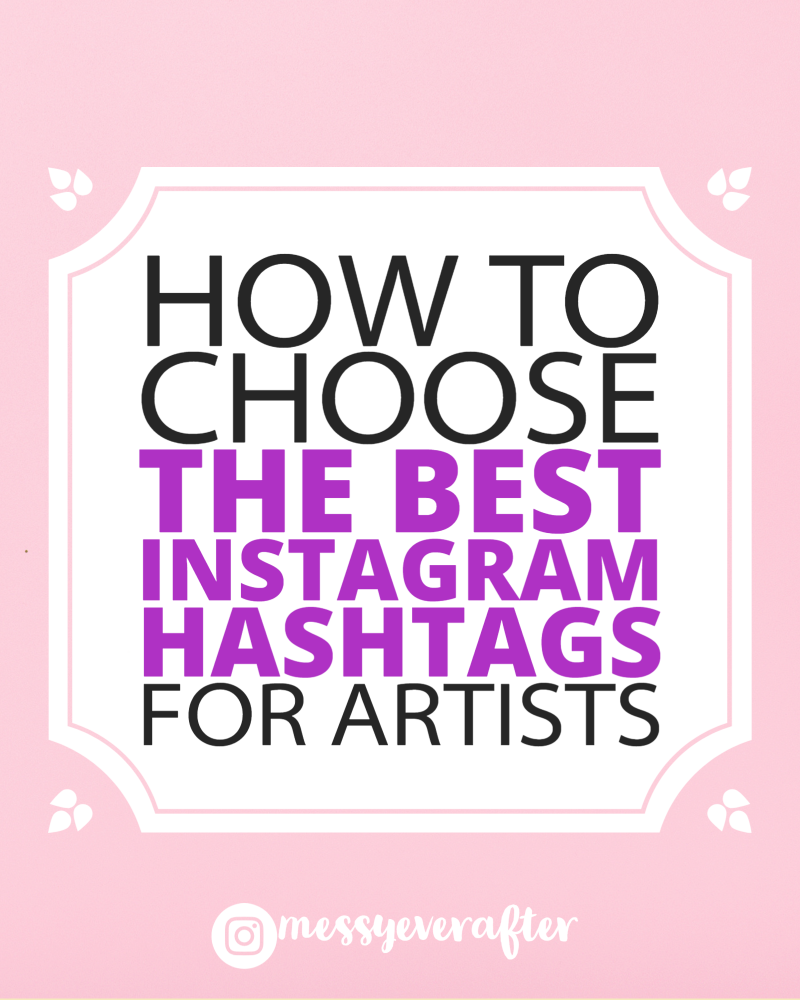NEW: Too lazy to read this post? I got a video for that. What is Your Art Style? Art styles are learned, adopted, manipulated, and “How to Find Your Style: A Guide for Artists”
Tag: Art
How to Brand Your Instagram Account: A Guide for Artists
Branding your Instagram Art Account is Crucial for Success Branding is everything, and as an artist you have a lot of freedom to craft exactly “How to Brand Your Instagram Account: A Guide for Artists”
How to Choose the Best Instagram Hashtags
(2024 Update: I spoke directly with a rep from Meta and they recommended using 3 to 8 hashtags in the body of your caption on “How to Choose the Best Instagram Hashtags”


